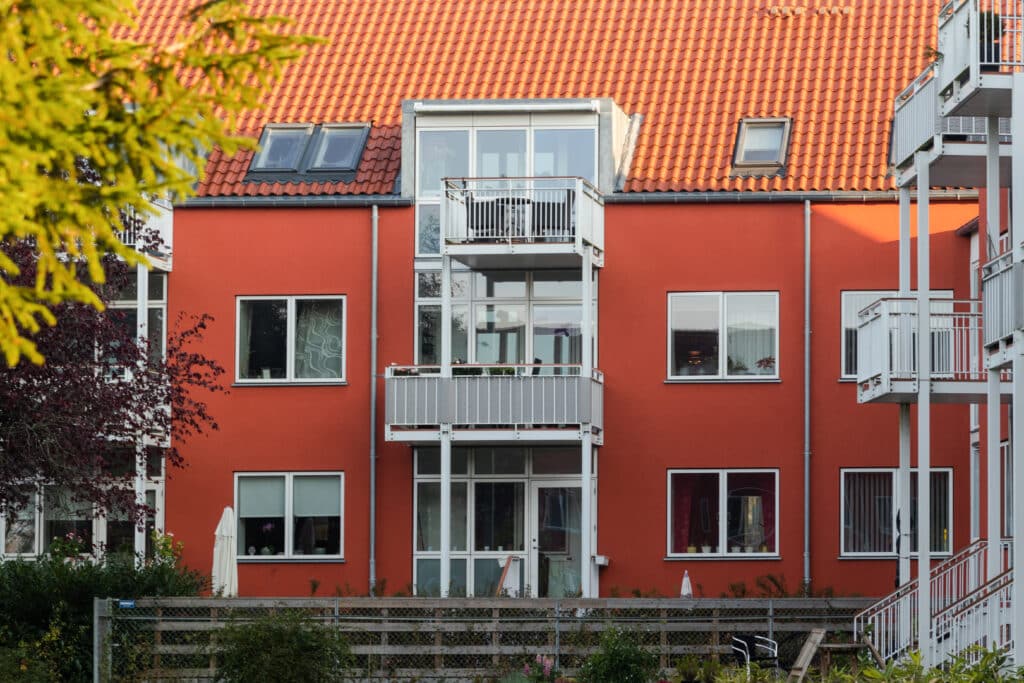BJERG Green Lab
Sustainable architecture is our big motivation.
That is why we make a virtue of being up-to-date in the field. BJERG Green Lab is our development department, where, based on our own projects, we examine and focus on the architecture of the green transition.
In this way, we feel better equipped to design sustainable architecture, which not only meets the requirements of the building regulations and the voluntary sustainability class, but is even more ambitious.
We believe that knowledge sharing is important in the green transition. BJERG engages in various networks, makes presentations about our research at international and national conferences and at educational institutions. We also participate in the government’s climate partnership committee.
BJERG Green Lab investigates in particular how we can contribute in our work to achieving the national political goal of a CO2 reduction of 70% in 2030.
Below you can read some of our latest studies.
If you are curious to hear more about our studies or themes such as passive houses, energy-efficient architecture, green outdoor spaces or responsible material selection, you are most welcome to contact us. We will gladly tell you more or come out and make a presentation.

Studies
Sustainable Passive Plus houses with Bio District heating, learnings from a case study in Tarm, Denmark.
By Søren Dietz In Denmark 2/3 of building heat is District heating. The political aim is to reduce CO2emissions by 70% in 2030 with 1990 as
Passive house renovated 10 years of CO2e experience
In Denmark, it has been politically decided to reduce emissions from all sectors by 70% until 2030. This paper looks at whether renovation of typical houses can make a contribution to reducing CO2 emissions based on measured values and compares measured values with
calculated values over a measured period over 5 years (2016–2021).
Passiv Solar design basics, a crossways for low emission buildings
Passiv Solar design basics, a crossways for low emission buildings? Danish Building Regulation allows a market that chooses non-compact and none-passive Solar optimized design.
Sustainable Passive Plus houses with Bio District heating learnings from Tarm, Denmark
How can Denmark achieve climate goals, in a sustainable way, with Bio District heating with less Biomass – is more building insulation the answer?
Greenhouse Emissions in 2 Passive Plus Houses with 2 Energy Systems
In this Paper LCA calculations are done by using LCAbyg based on 2 different material data to analyse how this can influence total emission results. The data used are: 1) the generic material data and 2) by using EPD material product data.
Emissions at a crossroad – a NZE Design Method
This analyse looks into how to balance energy saving and energy effectivity to reach 2030 70% reduction — and 2050 emission neutral targets. Embodied Carbon in insulation is a smaller part of a energy efficient buildings.
Passive and Active Cooling in 3 PH Row Houses in DK
Climate change – is cooling needed?
Climate change means higher middle temperatures also in Denmark, esp. in late spring and summer. As people experience higher temperatures there is a growing need for user friendly summer comfort design.
